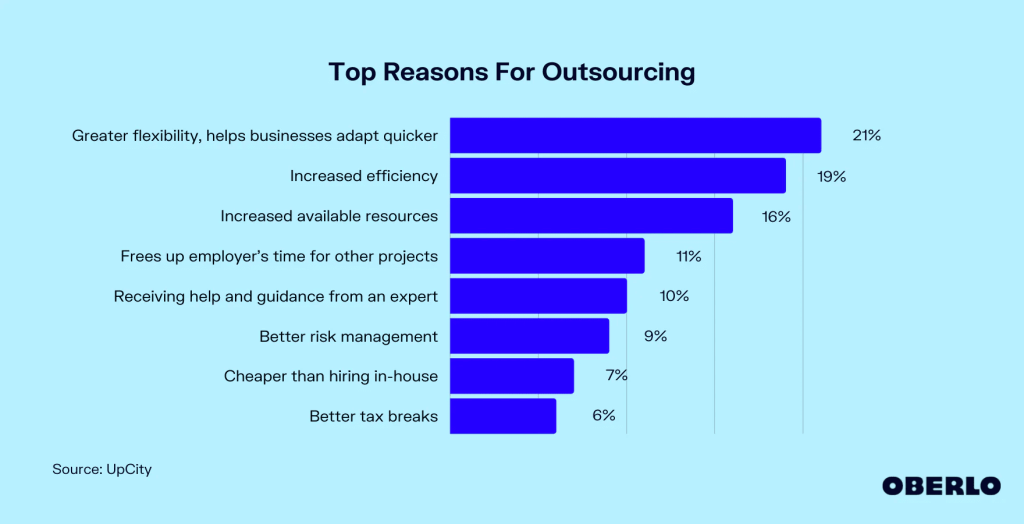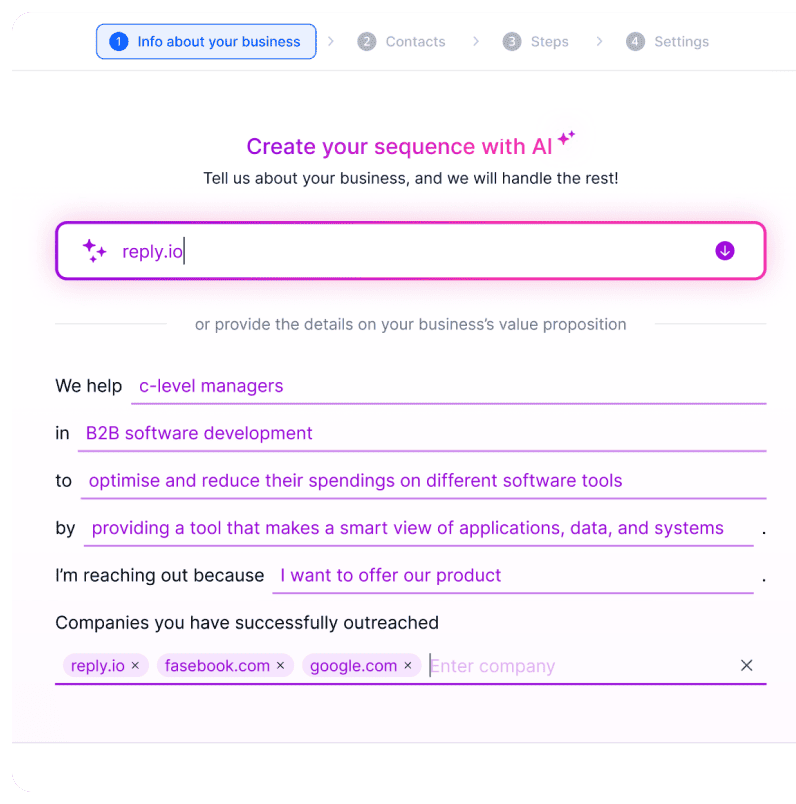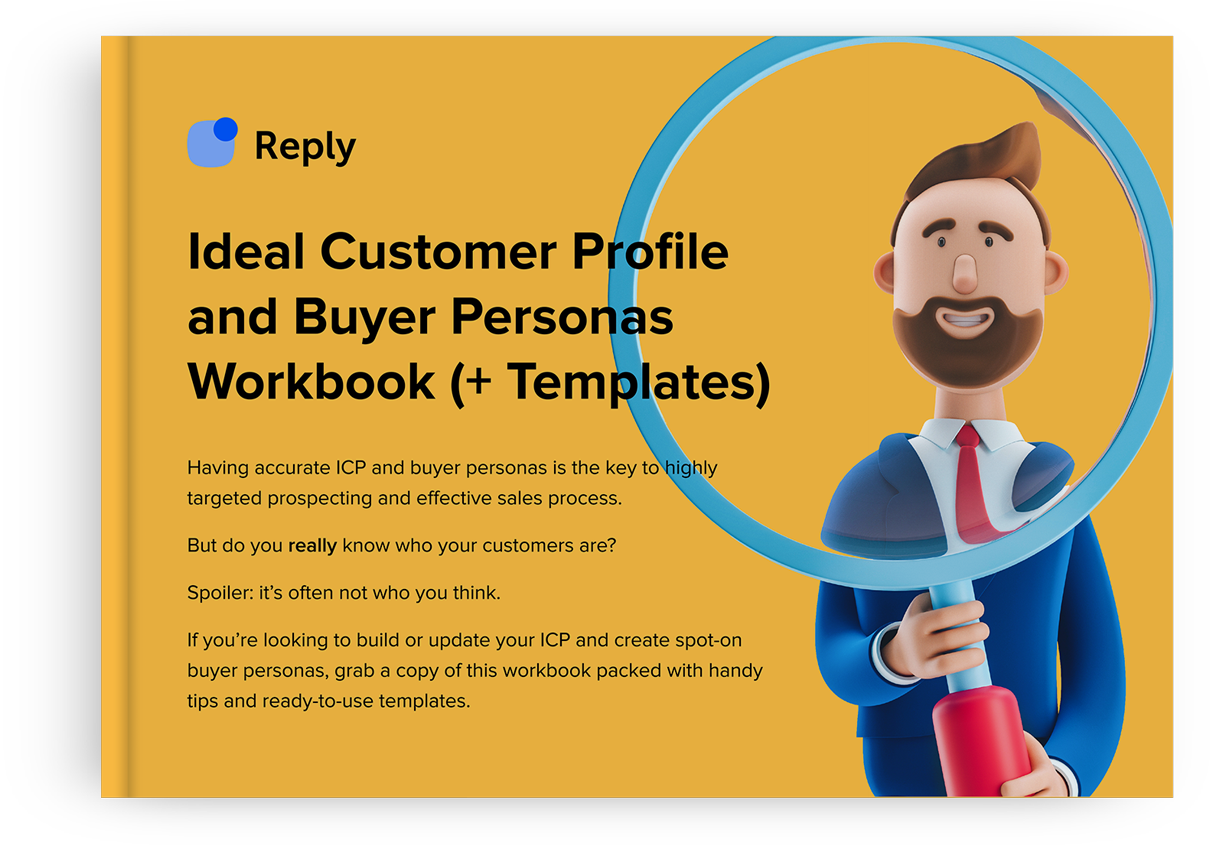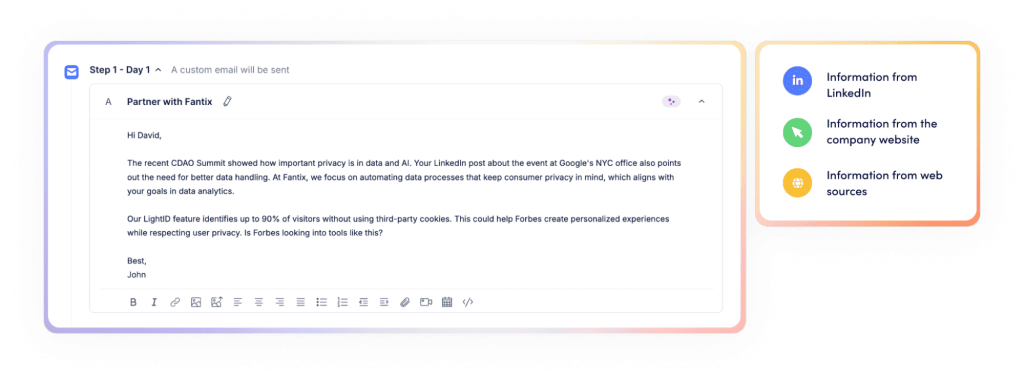Every business is only as successful as its ability to generate a steady flow of high-quality leads and eventually convert them into paying customers. This is the backbone of any successful B2B or B2C sales and marketing strategy.
After all, creating an excellent product or service is only half the battle—maintaining consistent revenue growth is the other half, and that can only help with an effective lead generation strategy in place.
Nowadays, more and more businesses are outsourcing some of their operations for numerous reasons, from accessing top-class expertise to saving money and beyond.
Lead generation is one of the most common outsourced operations in 2025, which is why we’re now seeing a boom in sales and lead generation agencies and AI technology, both proving to be safe and effective alternatives to in-house teams.
The state of lead generation in 2025
Lead generation has become more sophisticated than ever before, going far beyond cold calls and mass email blasts.
Instead, it places a strong emphasis on creating hyper-personalized buyer journeys and data-driven strategies in both inbound and outbound sales and marketing lead generation. Finally, it goes without saying that virtually every aspect of modern lead generation can (and should) be supercharged with AI.
So what exactly does modern AI B2B lead generation look like in practice?
- Inbound lead generation → AI chatbots, content marketing, SEO, social media, and ads take center stage in pulling in customers to your product or service organically;
- Outbound lead generation → sales prospecting, cold emailing, LinkedIn outreach, and brand new AI sales agents help businesses proactively reach high-value prospects;
- Data-driven insights → AI-powered predictive analytics and intent data help businesses identify and prioritize the best-fit leads, and personalize outreach;
- Multichannel approach → focuses on a combination of engagement across multiple touchpoints via email, phone, social media, and messengers.
In modern lead generation, the lines between sales and marketing are blurrier than ever, and the processes are more interconnected than ever, with AI and data crucial elements of success.
Due to all this complexity, more and more businesses are increasingly outsourcing their lead generation activities to specialized agencies. In turn, these outsourced lead generation agencies become trusted partners who bring a constant flow of potential buyers through their front door.
As you can imagine, outsourced B2B lead generation has its own set of perks and challenges, and it’s important to explore them before diving into the actionable steps.
The benefits of outsourced B2B lead generation
Outsourced lead generation offers numerous advantages for businesses looking to scale their operations without the overhead of building an in-house team, which comes with its own set of complications.
Here’s a rundown of the main perks of outsourced lead generation:
Access to specialized expertise
Lead generation agencies are staffed with top professionals who are experts in acquiring leads for diverse businesses, specializing in prospecting, cold outreach, data enrichment, lead magnets, conversion optimization, and more.
There’s no shortage of lead generation professionals out there, so businesses can very well build in-house teams. However, training them, deciding on processes, and coordinating everything can take a toll. Outsourced specialists stay on top of industry trends and best practices, are experts at navigating complex sales cycles, and have access to advanced AI lead generation tools.
Cost efficiency
Besides the complications of finding multiple lead generation professionals, training and onboarding them, and then deciding on the best strategy moving forward through trial and error, in-house teams can get real costly. On top of that, salaries, benefits, and access to leading technology only add on to the bill.
Outsourcing isn’t free, but it can definitely be a much more cost-effective solution. Many agencies offer performance-based pricing, ensuring that businesses only pay for measurable results. At the same time, outsourced teams have their own tool stacks, usually made up of some of the leading white-label products in the market, further saving costs for businesses.









